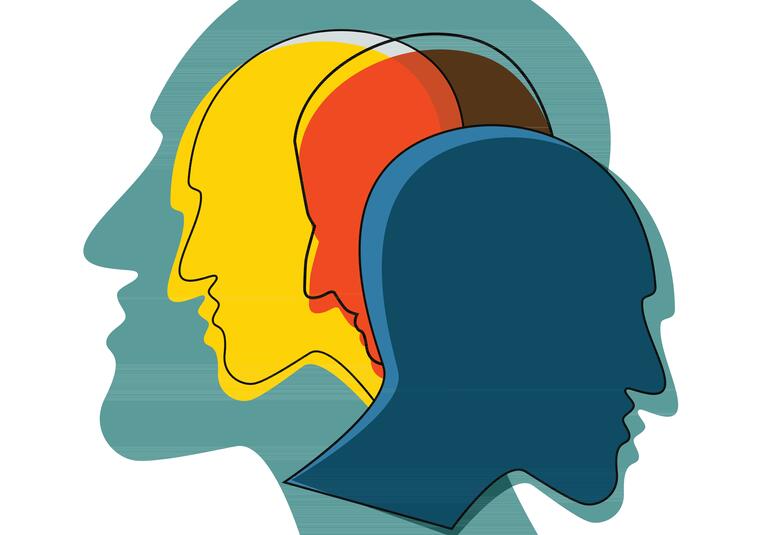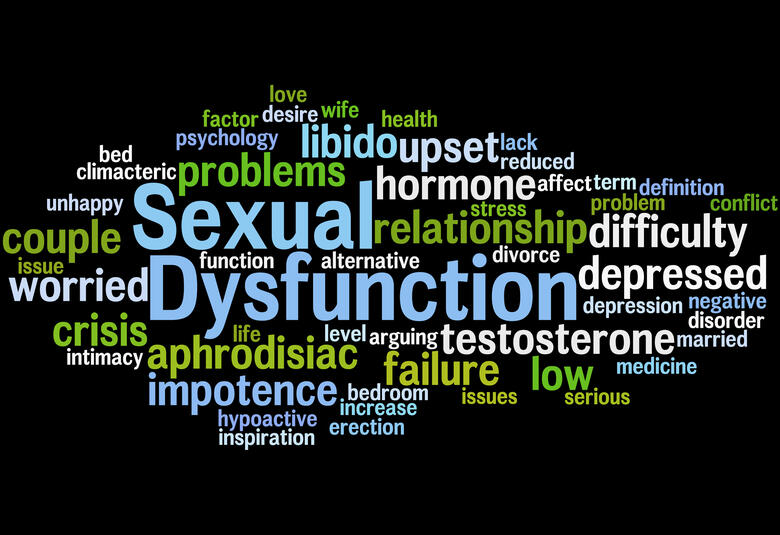Only 60-79% of patients with major depressive disorder (MDD) respond to currently available treatments, and 10-30% do not achieve complete remission1. Treatment resistant depression (TRD) has significant psychosocial and functional consequences for patients. New ways of dealing with these challenges were discussed at ECNP Virtual 2020.
What is TRD?
Ana Gonzalez-Pinto (University of the Basque Country, Spain) introduced the topic of TRD as ‘an insufficient response to two antidepressants at adequate dose and duration’2. This could be as monotherapy, or in combination or augmentation therapy3, although no universally accepted definition exists2. The alternative description ‘difficult-to-treat depression’ has been suggested4, to avoid stigma associated with the term ‘resistant’.
Clinical factors predicting TRD include anxiety disorder, symptom severity, suicidal risk, and number of depressive episodes5. Non-response to antidepressant treatment is common, with remission rates dropping from 37% initially to 13% by the 4th treatment step in the STAR*D study6.
Consequences of TRD include increased risks of hospitalization, suicide attempt and treatment non-adherence
Consequences of TRD include increased risks of hospitalization7, suicide attempt8 and treatment non-adherence9. Neurobiological sequelae involve progressive alterations in brain morphometry and circuit function and increased neuroinflammation10-12.
Improving management of TRD
Key principles for managing TRD are4:
- Achieve optimal symptom control
- Target symptoms associated with poor outcomes (e.g. anxiety)
- Target symptoms to maximize function and quality of life (e.g. cognitive dysfunction)
- Manage comorbidities to reduce overall symptom burden (e.g. physical health problems)
- Optimize long-term outcomes by ensuring adequate prophylaxis
Using a highly structured treatment algorithm led to shorter time and fewer medication changes to achieve remission
Enabling clinicians to make earlier treatment decisions is important3,13, including predicting treatment response. Using a highly structured treatment algorithm led to shorter time and fewer medication changes to achieve remission13. Early detection and optimized treatment is critical for patients to achieve full symptomatic and functional recovery, using a combination of pharmacotherapy and psychotherapy.
Underlying neurobiology
Evidence is growing that the glutamate system and neuroinflammation also have roles in MDD
Most antidepressants target the monoamine system, but Maurizio Pompili (Sapienza University of Rome, Italy) presented evidence that the glutamate system and neuroinflammation also have roles in MDD. Glutamate may be involved in regulation of monoaminergic neurons14 and neuroplasticity15. Abnormal cytokine levels may have a role in the pathogenesis of MDD and TRD16, and there is an association between neuroinflammation and suicidal behavior17.
Treating suicidal behavior
Suicidal behavior is a significant challenge in managing patients with MDD said Philippe Courtet (University of Montpellier, France). One proposal is that suicidal behavior should be considered as a distinct mental disorder rather than a complication of the associated psychiatric illness18. Assessment and risk stratification are important so level of intervention can be determined.
Suicidal behavior should be considered as a distinct mental disorder
Management usually consists of treating the underlying psychiatric condition as there have been no specific treatment options. Epidemiological studies have shown an inverse correlation between suicide rate and use of antidepressants but evidence is not conclusive19. Suicidal depressed patients respond less well to antidepressants in the short term20.
There is a need for specific anti-suicidal drugs, but this patient group is often excluded from clinical trials. A recent review21 highlighted potential benefit from agents including lithium, clozapine, ketamine, selective serotonin reuptake inhibitors and buprenorphine. These can be used alongside psychosocial interventions which may be brief (eg. crisis response planning) or longer-term (eg. cognitive behavioral therapy)21.
Educational financial support for this Satellite symposium was provided by Janssen Pharmaceutica NV.
Our correspondent’s highlights from the symposium are meant as a fair representation of the scientific content presented. The views and opinions expressed on this page do not necessarily reflect those of Lundbeck.




